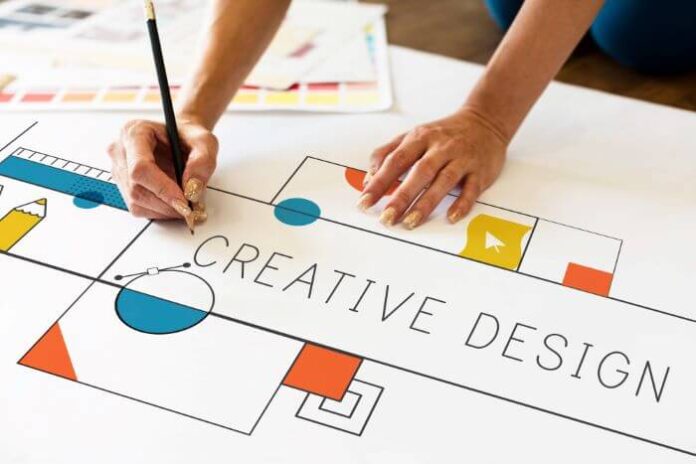Are you a business owner looking for a way to market your products and services online? It’s always been easier to capture the attention of your ideal customers. Many of them spend their time on the internet and using social media. You’ve got to adapt and improve your marketing strategy.
In this blog post, we’ll give you our top tips for creating infographics that capture the attention of your potential customers. We’ll show you a few mistakes in designing infographics to avoid.
1. Don’t Have Clear Objectives
Without clear objectives, it is difficult to know where to begin, and the resulting infographic can be unfocused and disjointed. To avoid this mistake, create a plan before starting your design.
First, consider who is your target audience and what you want to communicate to them. Then, decide how your message should be presented. Finally, choose the visual cues and design elements that will grab your audience’s attention while remaining within your objectives’ bounds.
A clear action plan before creating an infographic will ensure that your efforts bring your desired results.
2. Too Much Content
Often, designers fall into the trap of wanting to include as much information as possible, resulting in an overcomplicated infographic that can be difficult for viewers to comprehend. To avoid this, designers should limit themselves to the essential data points to keep their infographics succinct.
Using icons and symbols to represent data can be a particularly effective way to present complex information without overcrowding the page. Additionally, designers should avoid overloading the page with text, instead attempting to distill the data to its core elements.
3. Not Visualizing The Data
This often leads to incorrect data representation and the absence of a solid takeaway point. To prevent this from happening, designers should always focus on making the data easy to comprehend. It also ensures that they represent it accurately.
Designers should add labels to the visuals to provide context to the readers. This can be done by avoiding complicated charts and tables and grouping relevant data points.
4. Ignoring Color Palettes
Using 1-3 colors to create an aesthetically pleasing color palette is essential. The colors should be chosen strategically. Always ensure each color has a purpose or serves an overall goal in the design.
Beware of using too many colors, creating dissonance and a chaotic plan. For consistency, ensure that the chosen colors are used throughout, and be mindful of the hues and shades you are utilizing.
When in doubt, refer to the monochromatic, analogous, or complementary color palettes. You must be careful about the infographic color options.
5. Not Analyzing and Testing the Content
Even though an infographic can be visually appealing, it may not engage readers without analyzing and testing the content. The content could be misleading and will erode the trust of the readers.
To avoid this pitfall, designers should analyze the content before designing the infographic. Choosing a platform when making content text on infographics is also essential. This is a free tool to consider when you are about to make content so you can avoid common mistakes in designing infographics.
Avoid These Mistakes in Designing Infographics
Infographics are an excellent way to communicate complex information visually. Avoid common mistakes in designing infographics. Instead, focus on delivering the message clearly and creating a simple design that stands out.
Start designing impressive infographics today with our graphic design services!
Do you want to find more helpful info? Check out more of our guides on our blog today!







